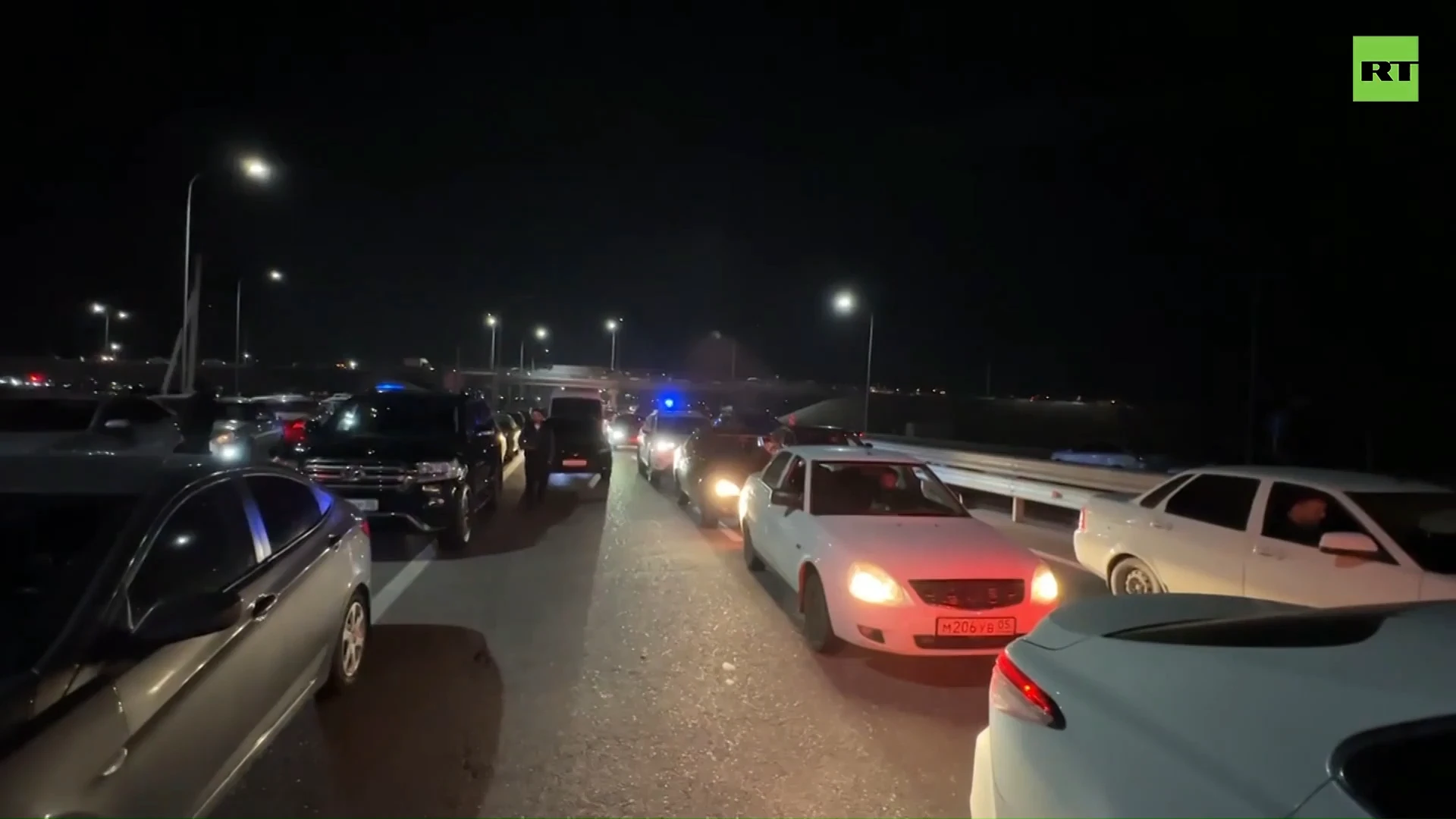Dear Creators, we are proud to announce an amazing affiliate program for you to earn some serious and continual cash. Read about our affiliate progarm here.
Caros criadores, temos o orgulho de anunciar um incrível programa de afiliados para vocês ganharem muito dinheiro de forma contínua. Leia sobre nosso programa de afiliados aqui.
1000 Passenger C-5 Galaxy That Could Transport Cars As Luggage - The Lockheed L-500
This plane was so big, that you could take your car with you as luggage and fly to Europe for only 75 dollars. It could transport 1000 passengers, take off and land on any surface and had the sinister motive to force rival Boeing into bankruptcy and end the 747 series. This never built monster was called the Lockheed L-500 <br> <br>In 1968, the first supermassive C-5 galaxy took to the sky flying US airforce colors. <br>For some, it marked the start of a new age of military transport, but for others at Lockheed, it represented the future of the civil aviation market. One that would put them back on top, dominate flights between New York and London, and prevent the 747 from ever taking flight. <br> <br>This is the forgotten story of the L-500, or the 1000 seater, monster passenger C-5 Galaxy. <br> <br>The C-5 Galaxy is the largest military transport aircraft deployed by the US armed forces and has been the lynchpin of the airforces world-spanning network since the late 60s. <br> <br>The C-5 galaxy was initally created as part of a tender process for a new super transport plane and one to replace the Douglas C-133, as well as complement the lockheed C-141 starlifter. <br> <br>There were several criteria for this new plane, The US armed forces needed a transport plane that had a larger compartment than the C-141 starlifter, for oversized cargo - like military land bridges. It needed to be a better performer with new jet engine technology, with a load capacity of 180,000 pounds (81.6 t) and a speed of Mach 0.75 (500 mph or 800 km/h), and an unrefueled range of 5,000 nautical miles (9,300 km) with a payload of 115,000 pounds (52.2 t). It also needed a high cockpit for front cargo loading, and a rear door. <br> <br>The likes of Boeing, Douglas, General Dynamics, Lockheed and Martin Marietta all pitched designs, with Boeing, Douglas and Lockheed making it into the final round. <br> <br>Lockheed would ultimately be successful and win the contract, as it was the cheapest of the three. <br> <br>Lockheed planned to put out a nonmilitary version of the C-5—the L-500—by 1971. This would be a meer year after the Boeing 747 would reach the market, and Lockheed knew that it would cut off the rival at the pass - thanks to its existing production line for the military version. <br> <br>In an all-passenger configuration, the L-500 could conceivably carry up to 1,000 people, which would allow airlines to slice New York-London fares as low as $75. The L-500 would have a range of 4,800 nmi (5,500 mi, 8,900 km), and be able to fly at a speed of Mach 0.79, or 830km/h - which you will note is a tad slower than other commercial jets of the time - like the Boeing 707. <br> <br>Passengers would be sat on three decks, with economy passengers on the bottom, business in the middle deck and then first class on the top deck. As the top deck extended the length of the cabin, the rear of the deck would feature a lounge and even perhaps a restaurant for inflight dining. Fancy! <br> <br>Initially, Lockheed planed to produce and sell the L-500 as an all-cargo plane only—offering substantial economics to the market. As Lockheed was also pitching the L-2000 supersonic jet, a video you can watch here on the channel, they believed that the passenger market of the future was limited as best. <br> <br>There was actually an effort to sell the American auto companies a fleet of these l-500s to haul automobiles around, for sales and for passenger operations. Lockheed pitched the L-500 to car manufacturers in Detroit, as a solution to shipping cars around the country to dealers, and also internationally to other markets. <br> <br>This would lead to less time for deliveries, lower inventory costs for dealers, less handling costs, and apparently no lossed sales. <br> <br>Sensing that success with imminent, Lockheed also proposed that its plane could be used as a car transport ferry - with passengers on top and cars below, in a combi configuration. There is an entertaining image of what is a special cargo car ramp to load ontop of pallets. Imagine driving your car onto a plane! <br> <br>Upstairs there would be 225 passengers in 'airline comfort' seating, and their own cars stacked in three layers, or there would be a mixed freight with cars tucked in the top deck. <br> <br>So if this design is so brilliant... why did airlines never buy it? <br> <br>The first is that C-5A galaxy proved to actually have a higher operating cost than airlines, or car companies, would like. It was a powerful plane for sure, but compared to others like the Boeing 747, it was not as fuel efficent. The fact that its heavy, and its wings had several issues that needed to be worked out with better materials. The plane wasn't suited for flying passengers, and was simply not ideal - it couldn't fly the distance, burned too much fuel and was super staged by other creations like the beloved 747. <br> <br>Ultimately, Boeing did the work to make super-sized planes possible, and Lockheed thought that the market was too small to bother. And the rest is history.























SORT BY-
Top Comments
-
Latest comments